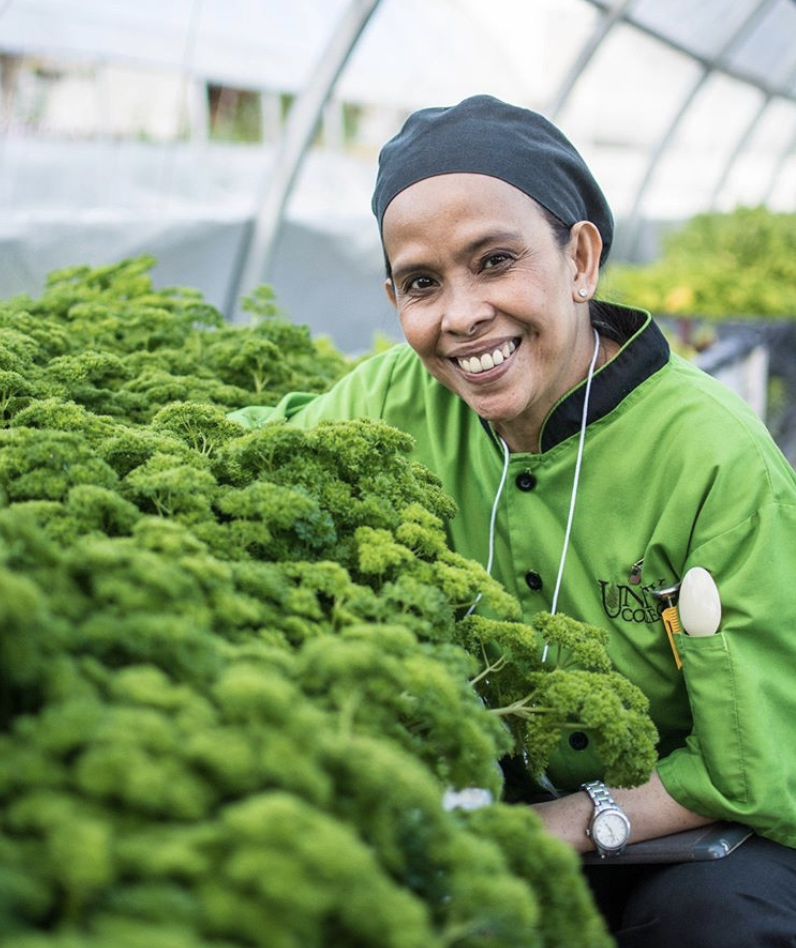
Over the past 12 years, KK&P has supported food hubs across the country as they work to address the aggregation, distribution, and processing challenges that small and mid-scale farmers face. During the past few years, we’ve worked with a group of New England food hubs to explore how increased trade and collaboration with one another might increase their reach, their product range, and their impact.
The work began in 2017 when Farm to Institution New England retained KK&P to research the role food hubs might play in increasing the amount of local food flowing into community institutions, including schools, hospitals, and colleges and how to shape a potential regional food hub “trade network.”
The food hub network conversation is not limited to New England. Discussions about food hub networks and actual food hub networks are popping up all over the country. Some of these networks focus on support services, such as convening communities of practice among food hub operators, provision of technical assistance, aggregation of research on best practices. And other networks are focused on the nitty-gritty of inter-hubs transactions.
Last year, Food Connects, a food hub out of Brattleboro, VT, brought KK&P back into the fold to help a group of regional hubs translate momentum and excitement about networking hubs into actual activities— and to creatively build on activities that were naturally emerging— to extend the season, address supply gluts and gaps, and diversify product offerings. KK&P facilitated an in-person convening of the five hubs in April 2019, after which the hubs determined that the best next step would be to simply start trading: working product-by-product, opportunity-by-opportunity throughout of the growing season and using each product as an opportunity to trial hub-to-hub communication approaches, pricing, handling practices, messaging, cross-docking opportunities, third party logistics partners, and more.
Over the course of this winter, KK&P and the hubs will review learnings from these efforts and define the next steps forward for 2020. The hubs are already beginning to expand their collaboration efforts beyond New England. For instance, one hub in Vermont is trading with another in New Jersey, which in turn is trading with hubs in the DC metro area and down into North Carolina. We believe that broadening the reach of the hub trade network beyond New England will support New England hubs and the farmers they work with by giving hubs the potential to offer regional product to customers more consistently and in higher volumes– and we believe that that consistency of product and service over a greater share of the year could generate increased demand for hubs’ products.
Will trade networks or even more structural collaborations among food hubs (such as the recent merger between 4P Foods and Local Food Hub) be the way hubs scale up to compete in an ever-changing and rapidly consolidating food industry? We’re looking forward to working with the region’s ambitious food hubs to find out.
